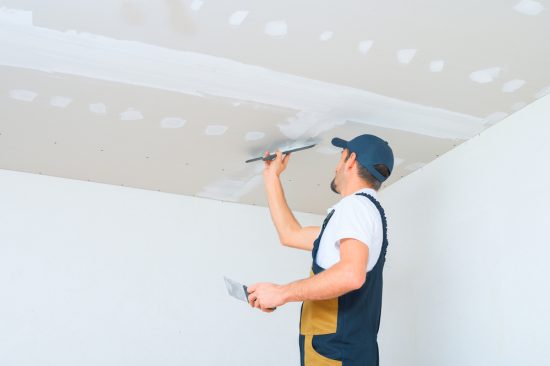Concrete is a long-lasting and widely used building material, but over time, it can develop cracks that risk its durability and aesthetic value. Changes in temperature, moisture, and settling are only a few of the causes of these concrete crack repair fissures. It’s critical to treat these cracks as soon as possible in order to preserve the durability and safety of your concrete surfaces. The following article goes over three key methods for successfully repairing concrete cracks.
Identifying the Types of Concrete Cracks
For efficient concrete crack repair and maintenance, it is essential to identify the various kinds of concrete fractures. There are numerous typical types to be aware of:
- Even while hairline cracks are not structurally significant, they can nonetheless allow moisture intrusion. Hairline cracks are tiny, hardly perceptible lines on the surface that frequently arise from concrete shrinkage during curing.
- The reasons for surface cracks, which are broader and more noticeable than hairline fractures, are freeze-thaw cycles, impact, or drying shrinkage. It’s crucial to take care of them right away to avoid aesthetic and structural problems.
- The influence on the structural integrity of structural cracks, which are deeper and more severe and frequently brought on by large loads or foundation issues, calls for quick treatment.
- Expansion and control joints are intended voids that should be kept up to prevent cracking.
- Map cracking, which is typically caused by drying shrinkage, manifests as intersecting little fractures.
- Raised, blister-like patches or layers that separate from the concrete surface are known as blistering and delamination. These conditions are typically brought on by trapped air or too much moisture during finishing.
A concrete structure’s durability and safety are ensured by identifying these cracks and deciding whether or not to fix the damage. If unsure, get professional advice for an accurate evaluation and repair recommendations.
Selecting the Right Repair Method for Concrete Crack Repair
To get results that last, the best concrete crack repair technique must be chosen. The nature and severity of the crack heavily influence the manner of concrete crack repair :
- Crack Injection → Epoxy or polyurethane injections are very successful for fixing structural cracks. These substances fill in the fracture completely, sealing it off and bolstering the injured area. The concrete’s structural integrity is restored because it establishes a strong bond. For broader, more serious cracks that need a sturdy fix, crack injection is especially ideal.
- Surface Repair → Surface fractures and hairline cracks in concrete can be patched by using specialized concrete patching materials. These substances are made to attach strongly to the surface of the concrete that already exists, resulting in a smooth repair. Surface concrete crack repair not only takes care of the crack’s aesthetic issues but also stops it from getting worse. It’s a sensible option for less severe cracks that are mainly aesthetic in nature.
The type of concrete crack repair chosen should be appropriate for the crack’s unique requirements in order to adequately resolve the crack and avoid further problems. Choosing the best restoration method can be made easier by seeking advice from a professional or concrete expert.
Proper Maintenance and Prevention
An efficient concrete crack repair plan requires proper maintenance and prevention. Consider the following to prolong the life of your concrete surfaces and reduce the frequency of concrete crack repair:
- Sealing the Surface → Applying a top-notch concrete sealer to the surface will help prevent damage. By preventing moisture infiltration, sealing lowers the possibility of cracks brought on by freeze-thaw cycles and moisture-related damage. Regularly examine the sealer and reapply it as necessary, particularly in high-traffic areas or those exposed to the outdoors.
- Proper Drainage → Drainage must be done properly so that water does not collect on concrete surfaces. Poor drainage can cause water to collect around the concrete, which over time increases the risk of cracks and other damage. Water can be redirected away from sensitive locations with the use of proper grading and the installation of drainage systems.
- Avoid Heavy Loads → Heavy loads on concrete surfaces should be avoided since they might cause structural fissures. Consider strengthening the concrete or utilizing load-distribution techniques to protect the surface if you expect high traffic or loads.
By incorporating these maintenance and prevention measures into your routine, with the expert assistance of LBE Contracting Inc.’s top-notch concrete repair crack services, you can extend the life of your concrete surfaces and significantly reduce the need for frequent repairs. Don’t wait for cracks to worsen; take proactive steps now to save both time and resources. Contact us today to preserve the integrity of your concrete structures and ensure they stand the test of time. Your concrete deserves the care it needs, and we are here to provide the expertise required for lasting solutions.





